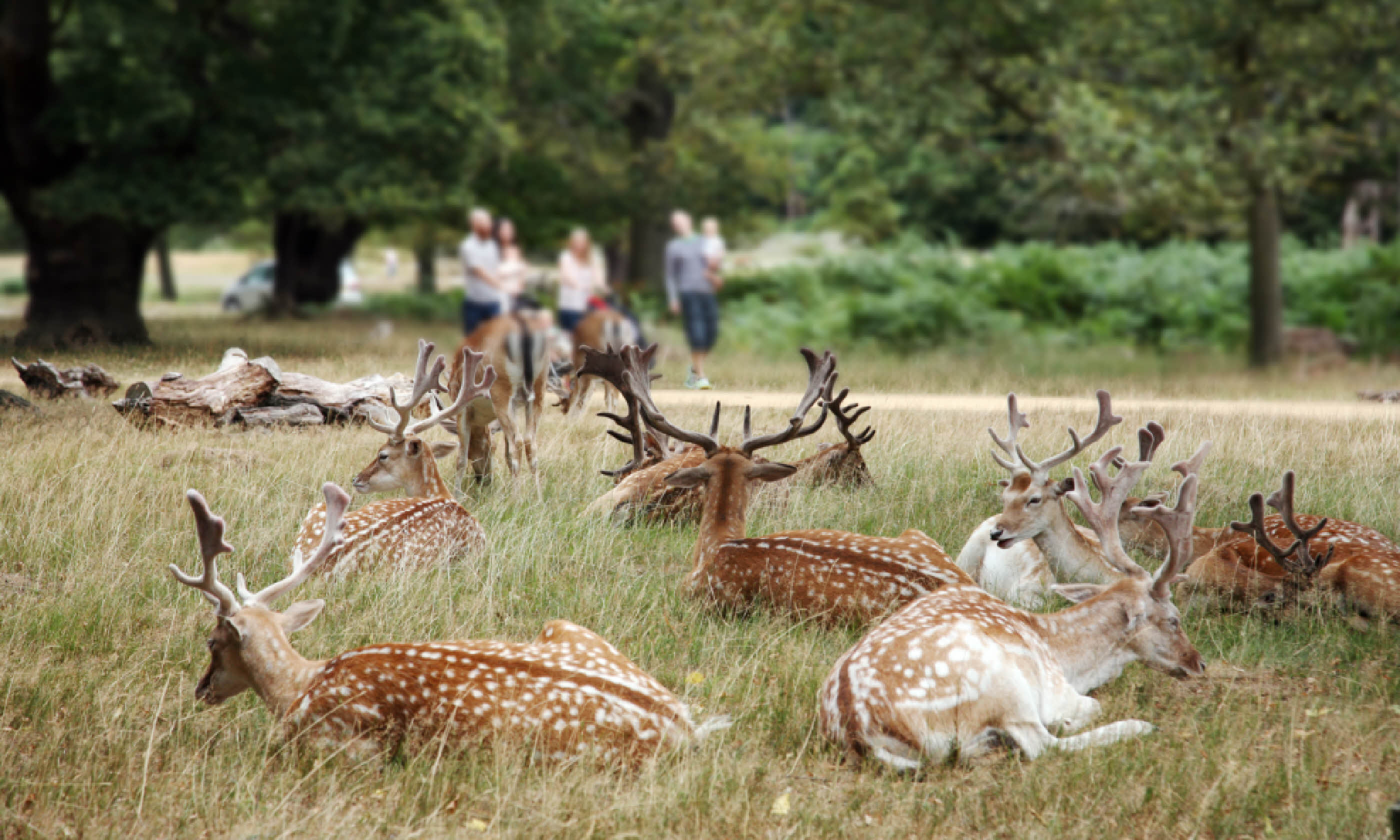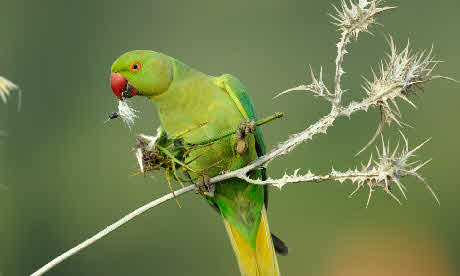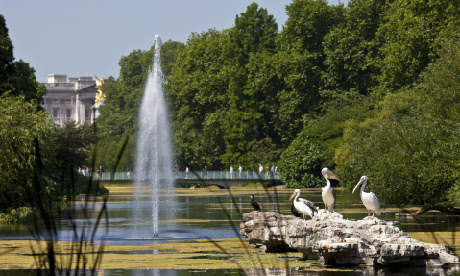
Where to find wildlife in London
London is one of the world's busiest cities, but did you know that one-third of the city is park land or green space? And from roaming beasts to carefully-guarded critters, you'll encounter plenty of animals, too...
1. Richmond Park
The largest of all of London's Royal Parks,
Richmond Park (
pictured above) is three times the size of New York's Central Park, as well as a national nature reserve and London's largest Site of Special Scientific Interest. Red and fallow deer are the main form of wildlife to be seen here, and over 600 deer have been roaming freely since 1529.
Keep in mind that the deer aren't domesticated – so keep at least 50-100m away from them, particularly when encountering a mother and her calf, or two stags with their antlers locked in a rut during breeding season.
Opening times: 7:00 am till dusk (summer) and 7:30 am till dusk (winter).
When best to visit: Early Autumn/Spring
Admission: Free
2. London Wetland Centre
Considered “a huge success” by Sir David Attenborough, the
London Wetland Centre is a mere ten minutes from Hammersmith, and an excellent place to watch migrating birds. Home to a number of bird species, here you'll see (amongst others) rose-ringed parakeets, the great crested grebe, sand martins, and the Eurasian sparrowhawk – as well as several kinds of mammals, such as otters.
 Rose-ringed parakeet (Shutterstock)
Rose-ringed parakeet (Shutterstock)
The centre also organises night hikes and safaris with fun features (like listening to bats chattering with special detectors) as well as evenings geared towards children that include storytelling around a bonfire.
Opening times: 9.30am-5pm
When best to visit: Otters are fed at 11am and 2pm, birds at 3pm
Admission: £11.23 for adults and £6.27 for children aged above 4 years; evening events are priced differently.
3. Crane Park Island Nature Reserve
Crane Park lies on the north bank of the River Crane in Twickenham; the west side was a previous site for manufacturing gunpowder. It was eventually bought by the local council and rehabilitated for public use in 1935.
The area is dense with woodland, scrub, and reed-beds: you'll find an abundance of wildlife throughout the park. Dragonflies and frogs are often spotted, as well as the occasional woodpecker, and the lake is home to kingfishers and water voles – both protected species in the UK.
Opening times: 24hr, 7 days a week
When best to visit: April to August
Admission: Free
4. Camley Street Natural Park
The green heart of King's Cross,
Camley Street Natural Park used to be an old coal yard back in 1984. Today it's a hub of nature for urban dwellers seeking respite from the buzz of city-life. Its ponds and meadows serve as a home for all kinds of creatures from birds to amphibians – and you'll also find a Floating Forest Garden on a section of Regent's Canal.
Look out for the Astraeus hygrometricus fungus (it's shaped like a star!), as well as a number of birds such as the Eurasian reed warbler, geese and reed bunting.
Opening times: The park is open every day of the week excluding Saturday, with opening times during winter (October to March) from 10am-4pm, in summer (April to September) from 10am-5pm.
When best to visit: Any time of year – although summer is prime time for picnics.
Admission: Free
5. St James's Park
London's oldest Royal Park,
St James's sees millions of visitors a year and is the site of a number of regal celebrations (such as the Trooping of the Colour ceremony). When it was established in 1603, King James I originally demanded that a number of exotic animals be kept in the park, such as camels, several crocodiles and an elephant.
 The Pelicans of St. James's Park (Shutterstock)
The Pelicans of St. James's Park (Shutterstock)
Although such exotic specimens are no longer found in the park, today you can find a number of pelicans – a tradition in the park since 1664, when they were gifted to King Charles II by the Russian Ambassador.
Opening times: 5.00am-midnight
When best to visit: The pelicans are fed daily at 2.30pm near Duck Island Cottage.
Admission: Free
6. Natural History Museum's Outdoor Butterfly Exhibition
With more than 50 live species of butterfly and moth fluttering around you, this
Natural History Museum exhibition is a treat for adults and children. Known as the 'Sensational Butterflies' Exhibition, here you can even watch one emerging from its chrysalis! The young ones will most certainly enjoy the interactive displays - and a butterfly trail challenge that involves collecting stamps.
Opening times: Open from April until September (last day is 14th Sept in 2014). Too late to catch the butterfly exhibition? Never mind – the Natural History's Wildlife Garden is open until 31st October, from 10am till 5pm daily. Here you'll find over a thousand different types of flora and fauna, including moorhens, robins and foxes.
Admission: £5.50 p/p, children under 4 go free.


